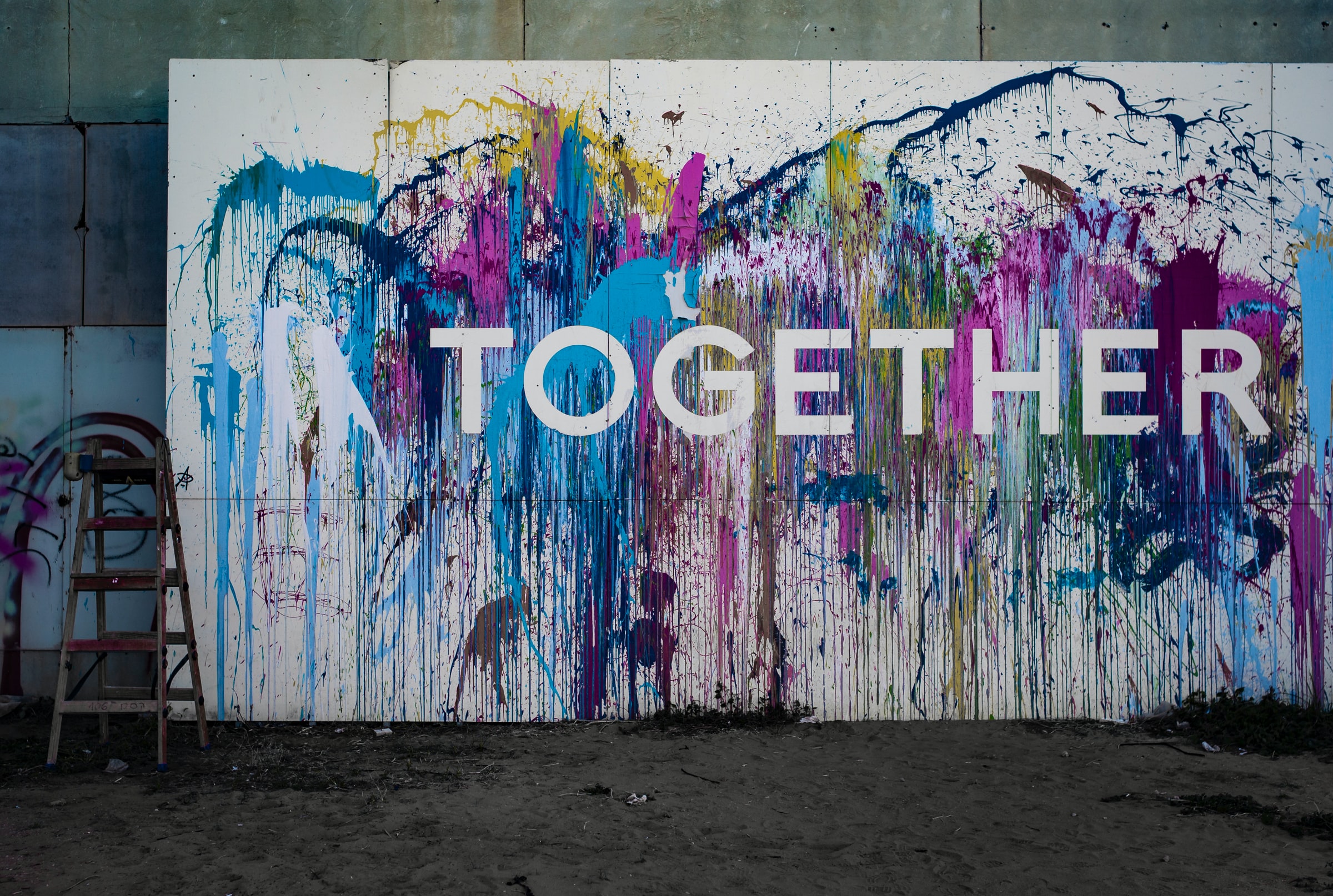Carolin Schmidt is our newest and actually youngest team member. However, the literary scholar already dealt with experts during her studies as part of the book project “ On the market for experts ”. But of course that is only one of the reasons why it is a real asset to our joint project. A brief introduction in three questions:
In addition to our joint project, you are also part of a collective called „kaboom“. Why do you call yourselves a collective? What’s behind it?
The idea behind the collective is the collective thought. It all started with an exhibition project with the scenographer Margaret Schlenkrich – we noticed that we can work and think well together and that we are interested in further projects. The collective idea is that you work on a topic together – so different authors, artists or experts are involved in every project. It’s about leaving the familiar path and taking on new perspectives. For that you need friction and exchange with other people.
In the projects you take texts and create new approaches to literature by adding further dimensions. Isn’t text alone enough to convey the message?
So far you have mainly made literary texts. Is such an approach also conceivable for advisory topics or non-fiction books?
It’s a very interesting question that I’ll take with me in a moment to our next brainstorming meeting. Why not? Of course, poetic texts offer more possibilities for artistic adaptation, but why not even start an action on an exciting non-fiction topic. I could well imagine planning an action in urban space on the subject of participation, for example, or a kind of literary health trail through the botanical garden. It is important that you have meaningful texts as a basis and a good idea of how you can surprise people. This creates new spaces that invite you to exchange ideas about literature, politics and art.
